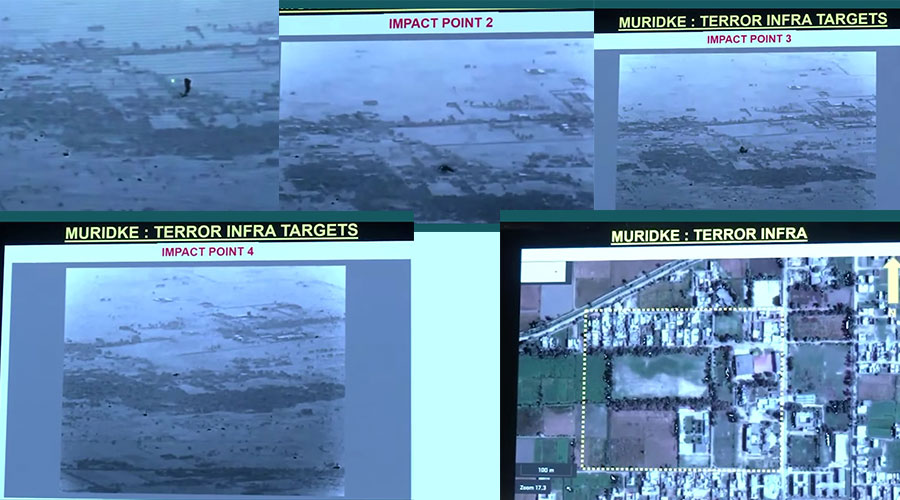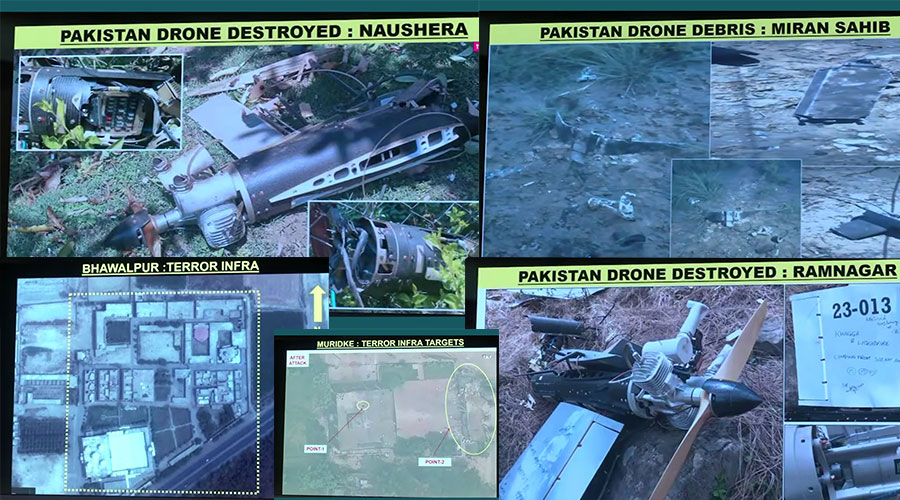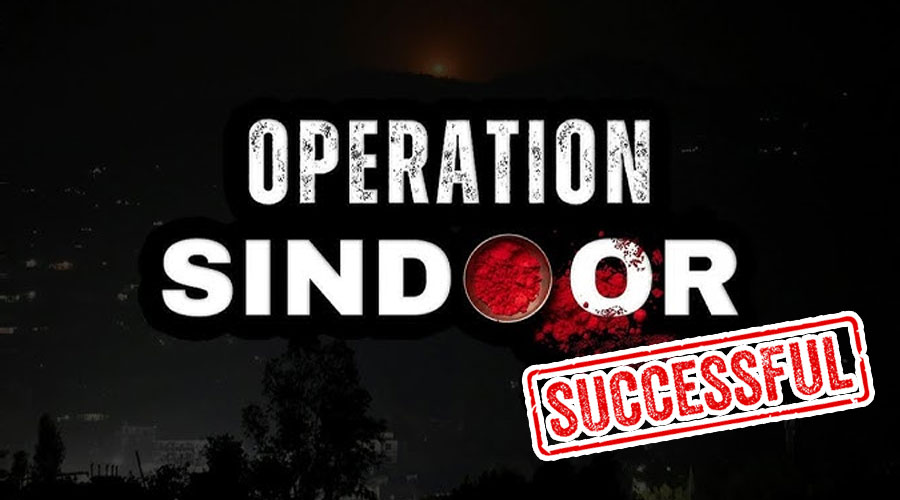Indian Air Force Details Operation Sindoor Success in Press Briefing: Evidence of Precision Strikes Revealed
The Indian Air Force (IAF) conducted a press briefing on May 11, 2025, providing critical updates on Operation Sindoor, launched in retaliation for the April 22, 2025, Pahalgam terror attack that claimed 26 civilian lives. Led by Air Marshal AK Bharti and Director General of Military Operations (DGMO) Lieutenant General Rajiv Ghai, the briefing emphasized the operation’s precision, professionalism, and alignment with India’s counterterrorism objectives.
The IAF presented evidence underscoring the destruction of terrorist infrastructure and Pakistan’s failed retaliatory attempts, while reaffirming that operations remain ongoing despite the recent India-Pakistan ceasefire.
Operation Sindoor: A Precise Counterterrorism Strike
Operation Sindoor, initiated on May 7, 2025, targeted nine terrorist hubs in Pakistan and Pakistan-occupied Jammu and Kashmir (PoJK), including notorious camps in Bahawalpur, Muridke, and Kotli, linked to Lashkar-e-Taiba (LeT) and Jaish-e-Mohammed (JeM).

Air Marshal Bharti confirmed that the IAF deployed frontline fighter jets, including Rafale, Su-30 MKI, and Mirage 2000, equipped with SCALP cruise missiles, HAMMER precision-guided munitions, and BrahMos supersonic cruise missiles, to execute strikes without crossing the Line of Control (LoC).
“The IAF obliterated terror launchpads, hideouts, and training centers with pinpoint accuracy, ensuring no civilian or Pakistani military targets were hit,” Bharti stated. DGMO Lieutenant General Rajiv Ghai reported that over 100 terrorists were eliminated, including high-value targets like Yusuf Azhar, Abdul Malik Rauf, and Mudasir Ahmed, involved in the 1999 IC-814 hijacking and the 2019 Pulwama attack.
“Muridke, a hub of LeT, and Bahawalpur, JeM’s headquarters, were among the key sites destroyed, dealing a severe blow to terror networks,” Ghai said. The operation was based on credible intelligence, including communication intercepts, social media posts by LeT proxies like The Resistance Front, and forensic evidence linking the Pahalgam attack to Pakistan-based planners.
Evidence Presented: Strike Footage and Satellite Imagery
During the briefing, the IAF showcased compelling evidence to validate the operation’s success. Colonel Sofiya Qureshi and Wing Commander Vyomika Singh presented strike footage, maps, and satellite imagery from Maxar Technologies, highlighting damage to terror facilities like the Markaz Subhan Allah in Bahawalpur and the Abbas Terrorist Camp in Kotli.

“These images confirm the complete destruction of targeted sites, with no collateral damage to civilian or military infrastructure,” Qureshi noted. The footage displayed precise hits on terror training camps, including those used by Ajmal Kasab for the 2008 Mumbai attacks, reinforcing India’s claim of a focused, non-escalatory response.
Foreign Secretary Vikram Misri, who joined the briefing, detailed the intelligence underpinning the strikes. “Investigations into the Pahalgam attack revealed definitive links to Pakistan-based terrorists, supported by eyewitness accounts and technical inputs,” he said. Misri cited a UN Security Council statement condemning the attack and calling for accountability, framing India’s actions as consistent with global counterterrorism norms.
Pakistan’s Failed Retaliation and IAF’s Robust Defense
Air Marshal Bharti addressed Pakistan’s aggressive response, which included attempts to breach Indian airspace with F-16 and JF-17 Thunder jets from Sargodha airbase and drone and missile attacks on Indian military installations in Jammu, Punjab, and Rajasthan.

“The IAF successfully repelled these intrusions, downing several Pakistani jets and neutralizing over 50 drones using S-400 air defense systems and advanced counter-UAS equipment,” Bharti confirmed, adding that all Indian pilots returned safely. He dismissed Pakistan’s claims of destroying Indian S-400 systems or airfields as “preposterous misinformation.”
Misri condemned Pakistan’s targeting of civilian infrastructure, including a medical center and school premises in Srinagar, Awantipora, and Udhampur, calling it a “deplorable and cowardly act.” He highlighted an incident where a Pakistani shell hit a home near Christ School in Poonch, killing two students, as evidence of Pakistan’s deliberate targeting of non-military sites.
Ongoing Operations and Ceasefire Context
Despite the ceasefire agreement announced on May 10, 2025, the IAF clarified that Operation Sindoor remains active. “Operations were conducted in a deliberate and discreet manner, aligned with national objectives.
As they are still ongoing, a detailed briefing will follow in due course,” the IAF stated on X. The force urged the public to refrain from speculation and unverified information. The briefing also acknowledged the use of BrahMos missiles, with Uttar Pradesh Chief Minister Yogi Adityanath and Defence Minister Rajnath Singh confirming their deployment during a BrahMos facility inauguration in Lucknow.
The IAF reiterated its commitment to non-escalation, provided Pakistan reciprocates, and emphasized that the operation reflects India’s firm resolve against terrorism. “Operation Sindoor is a symbol of India’s political, social, and military willpower,” said Rajnath Singh, saluting the armed forces’ bravery.
International and Domestic Support
The briefing highlighted India’s diplomatic outreach, with National Security Adviser Ajit Doval briefing US Secretary of State Marco Rubio and other global counterparts. The UN, G7, and countries like the UK and Belarus expressed support for de-escalation, while India’s actions were briefed to UN Security Council members, excluding Pakistan.
Domestically, political leaders across parties, including Rahul Gandhi and Sharad Pawar, lauded the operation, with sentiments like “Proud of our Armed Forces. Jai Hind!” resonating on X.


Comments (0)